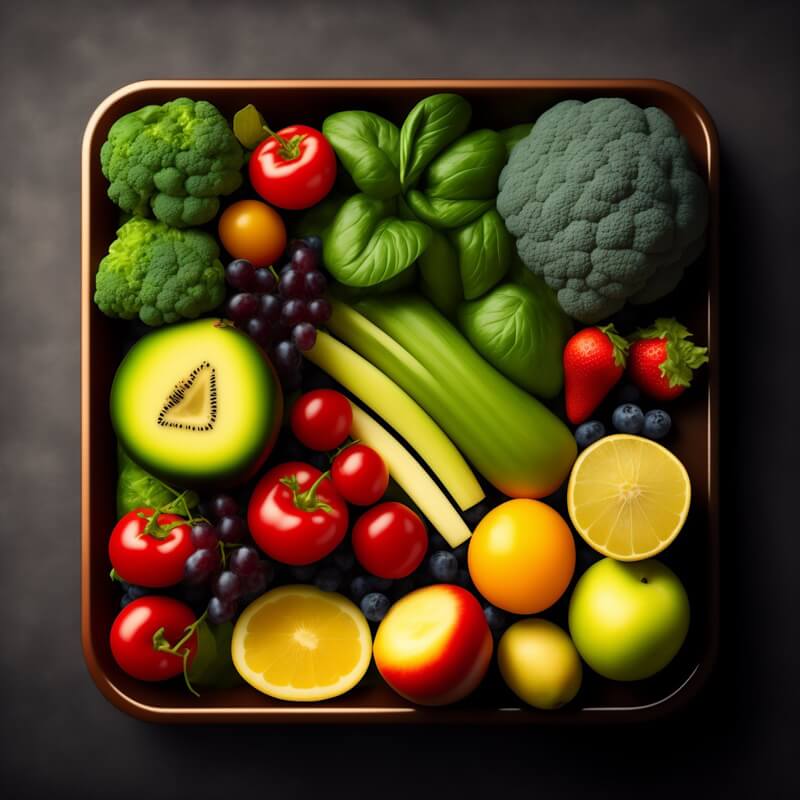Are you looking for an easy way to improve your health and well-being? Look no further than your plate! Incorporating more fruits and vegetables into your diet is a simple and effective way to boost your overall health. By increasing your intake of nutrient-rich produce, you can improve your digestion, reduce your risk of chronic diseases, and feel more energized throughout the day. In this article, we will share 5 simple and practical ways to add more fruits and vegetables to your diet, so you can start reaping the benefits today!
Here are five ways to do it:
1. Add fruits and vegetables to your breakfast
Adding more fruits and vegetables to smoothies and oatmeal dishes is an easy way to boost your intake of these nutritious foods. Here are some ideas and examples to help you get started:
Smoothies:
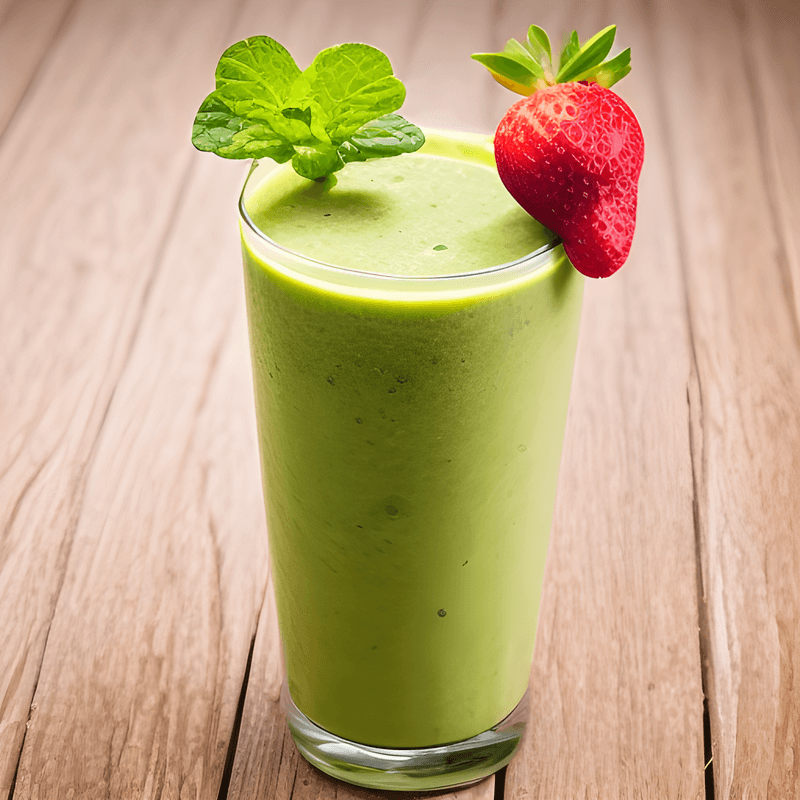
- Add leafy greens like spinach, kale, or Swiss chard to your smoothie. They blend well with other fruits and add a boost of vitamins and minerals.
- Try adding some frozen berries like blueberries or strawberries. They are low in sugar but high in antioxidants and fiber.
- Add a scoop of plant-based protein powder to your smoothie to make it more filling and satisfying.
- Use unsweetened almond milk or coconut water as the liquid base instead of dairy milk for a dairy-free option.
- You can also add some healthy fats like chia seeds, flax seeds, or nut butter to your smoothie for extra flavor and nutrition.
Oatmeal:
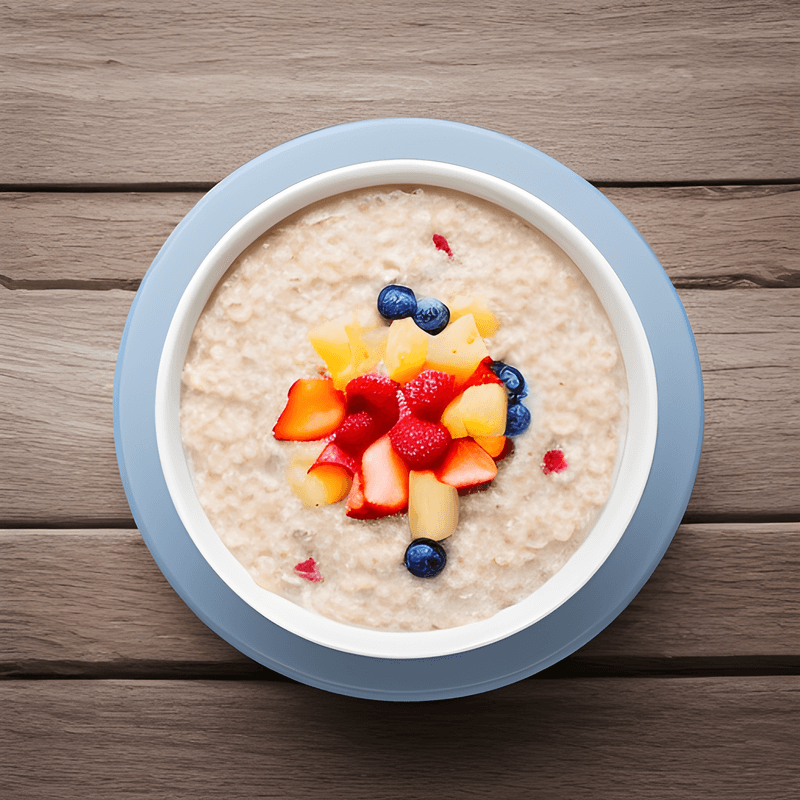
- Add some sliced bananas or berries on top of your oatmeal for some extra-natural sweetness.
- Try mixing some grated zucchini or carrot into your oatmeal for some added fiber and nutrients.
- Add some chopped nuts or seeds like almonds, walnuts, or pumpkin seeds for some healthy fats and protein.
- Use unsweetened almond milk or coconut milk as the liquid base instead of dairy milk for a dairy-free option.
- Experiment with different flavor combinations by adding spices like cinnamon or nutmeg, or try adding some cocoa powder for a chocolatey twist.
By adding more fruits and vegetables to your smoothies and oatmeal dishes, you can easily increase your daily intake of these nutritious foods, and enjoy a variety of delicious flavors and textures.
You can also add fruits and vegetables to an omelet and make some other breakfast dishes with fruits and vegetables. Here are some options:
Omelet:

- Add chopped tomatoes, onions, and bell peppers for a classic veggie omelet.
- Try adding spinach, kale, or Swiss chard for a boost of nutrients.
- Add some sliced mushrooms for a meaty texture without the meat.
- Mix in some roasted sweet potatoes or butternut squash for a sweet and savory twist.
Breakfast Burrito:

Fill a whole wheat tortilla with scrambled eggs, black beans, and sautéed peppers and onions.
Add sliced avocado, tomato, and a dollop of salsa for a fresh and flavorful breakfast.
Smoothie Bowl:
Blend up frozen bananas, berries, and spinach with some almond milk for a nutrient-packed smoothie bowl.
Top with sliced fruit, granola, and a drizzle of nut butter for a satisfying breakfast.
Yogurt Parfait:
Layer plain Greek yogurt with sliced fruit like strawberries, kiwi, and blueberries.
Add a sprinkle of granola and some chopped nuts for some crunch and texture.
2. Make fruits and vegetables your snack choice
Making healthy snack choices readily available is essential for maintaining a healthy diet. Here are some options and ideas for healthy fruit and vegetable snacks that you can easily prepare and keep on hand:
Cut-up Vegetables:

Slice up some carrots, celery, cucumbers, and bell peppers, and store them in an airtight container in the fridge for easy snacking.
Pair with a healthy dip like hummus or guacamole for extra flavor and nutrition.
Fruit Salad:

Cut up a variety of fresh fruits like apples, oranges, grapes, and berries and mix them together for a delicious and refreshing snack.
Drizzle with some honey and sprinkle with nuts or seeds for added texture and nutrients.
Roasted Vegetables:
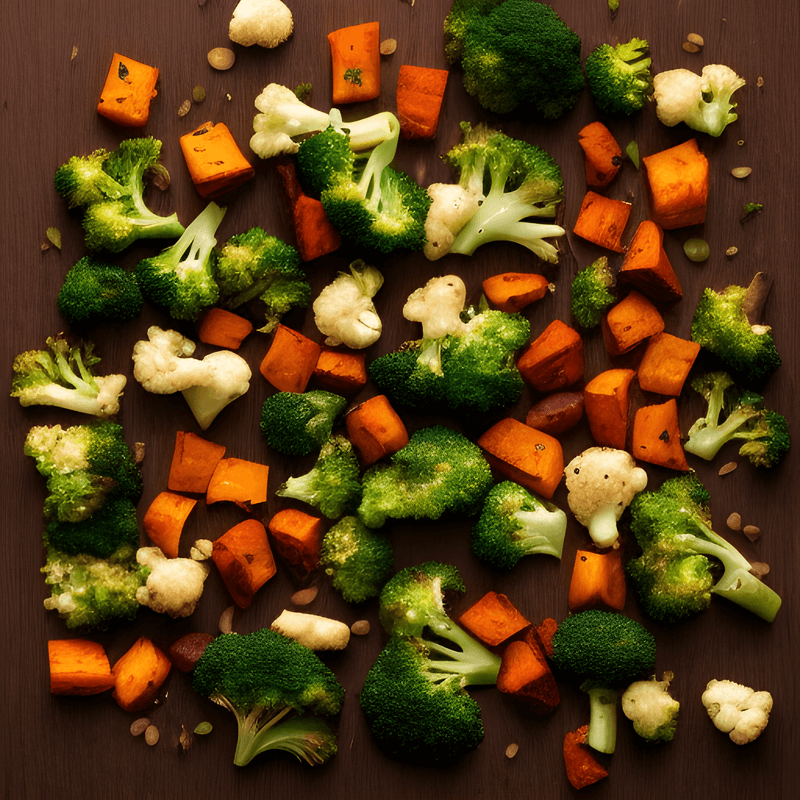
Cut up some vegetables like broccoli, cauliflower, and Brussels sprouts and roast them in the oven with some olive oil and seasonings for a crunchy and flavorful snack.
Store in an airtight container in the fridge for easy snacking throughout the week.
By having healthy fruit and vegetable snacks readily available, you can curb your cravings for unhealthy snacks and fuel your body with nutritious foods. Keep in mind that making healthy choices can be easy and delicious with a little bit of preparation and creativity!
3. Switch out traditional carbs for fruits and vegetables
Replacing starchy carbohydrates with more nutrient-dense options like fruits and vegetables can have numerous benefits for your health. Here are a few reasons why:
- Increased Nutrient Intake: Fruits and vegetables are packed with essential vitamins, minerals, and antioxidants that your body needs to function properly. By replacing starchy carbs with more nutrient-dense options, you’ll be able to increase your intake of these important nutrients.
- Lower Caloric Intake: Many starchy carbohydrates like bread, pasta, and rice are high in calories and can lead to weight gain if consumed in excess. By swapping them out for lower-calorie options like fruits and vegetables, you can reduce your overall caloric intake and support healthy weight management.
- Better Blood Sugar Control: Starchy carbs can cause a rapid spike in blood sugar levels, which can be problematic for individuals with diabetes or insulin resistance. On the other hand, fruits and vegetables contain natural sugars that are slowly released into the bloodstream, helping to regulate blood sugar levels.
Some examples of how you can swap out traditional carbs for fruits and vegetables include:
Zucchini Noodles: Instead of using traditional pasta, try using zucchini noodles (also known as “zoodles”) for a lower-carb, nutrient-dense alternative. You can use a spiralizer to create long, spaghetti-like strands of zucchini that can be used in any pasta dish.
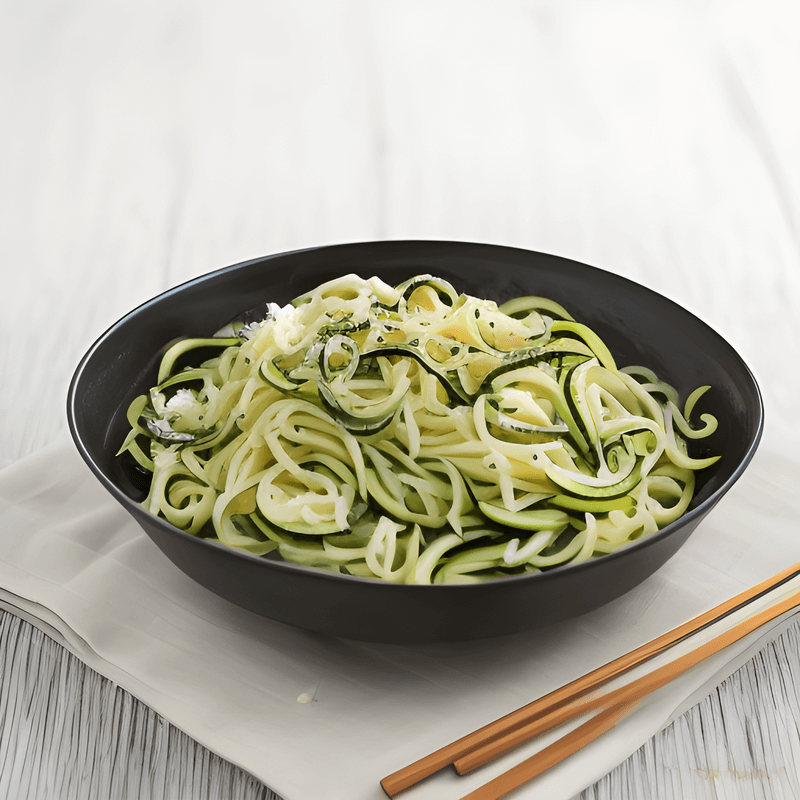
Lettuce Wraps: Instead of using bread or tortillas, try using large lettuce leaves as a wrap for your sandwich or taco fillings. This can reduce your overall carb intake and increase your vegetable intake at the same time.
Cauliflower Rice: Instead of using traditional rice, try using cauliflower rice as a low-carb, nutrient-dense alternative. You can pulse cauliflower florets in a food processor to create small, rice-like grains that can be used in any rice dish.
By swapping out traditional carbs for more nutrient-dense options like fruits and vegetables, you can improve your overall health and well-being while still enjoying delicious and satisfying meals.
4. Incorporate more fruits and vegetables into your main meals
Adding more vegetables to main dishes can be a great way to increase your daily nutrient intake and improve the overall nutritional value of your meals. Here are some ideas for adding vegetables to two different types of main dishes:
French Fries:
Sweet Potato Fries: Slice sweet potatoes into fry shapes, toss with olive oil and seasonings, and bake in the oven for a healthier twist on traditional french fries.
Zucchini Fries: Slice zucchini into fry shapes, dip in egg wash, coat with breadcrumbs and seasonings, and bake in the oven for a crispy and flavorful side dish.
Casseroles:

Add Veggies to the Base: Many casseroles have a base of rice, pasta, or potatoes, which can be a great opportunity to add some extra veggies. For example, try adding grated zucchini or chopped spinach to your rice or pasta base.
Layer in Veggies: Layering in veggies like sliced bell peppers, mushrooms, and onions can add some extra flavor and nutrition to your favorite casserole recipes.
By adding more vegetables to your main dishes, you can make your meals more filling and satisfying while also supporting your overall health and well-being. Don’t be afraid to get creative and experiment with different veggies and flavor combinations to find what works best for you!
5. Prepare fruits and vegetables in advance
Meal-prepping fruits and vegetables is a great way to ensure that you have easy access to healthy foods throughout the week. Here are some tips for meal prepping and storing your fruits and veggies:
Wash and Cut Ahead of Time: When you get home from the grocery store or farmer’s market, wash and cut your fruits and veggies right away. This will save you time later in the week when you’re busy and may not have time to prep your produce.
Use Storage Containers: Store your prepped fruits and veggies in airtight containers to keep them fresh and prevent them from spoiling. Glass or plastic containers with tight-fitting lids work well for this.
Separate Ethylene-Producing Fruits: Some fruits, like apples and bananas, produce ethylene gas, which can cause other fruits and veggies to ripen and spoil more quickly. Keep these fruits separate from other products to help prolong freshness.
Keep Leafy Greens Dry: Leafy greens like spinach and lettuce can wilt quickly if they’re stored wet. After washing, use a salad spinner or paper towels to remove excess moisture before storing it in an airtight container.
Freeze for Later Use: If you have more produce than you can use in a week, consider freezing it for later use. Many fruits and veggies, like berries and peas, freeze well and can be used in smoothies, soups, and stir-fries.
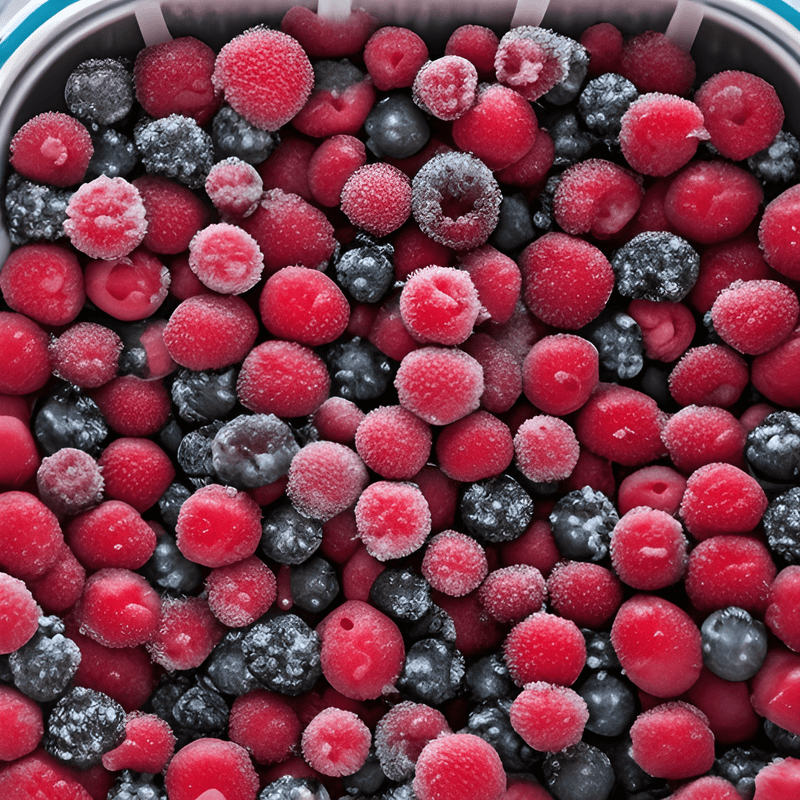
By meal prepping and properly storing your fruits and veggies, you can make healthy eating more convenient and enjoyable. With a little planning and effort, you can ensure that you always have fresh and nutritious produce on hand.
Conclusion
If you’re looking to improve your overall health and nutrition, one of the easiest things you can do is to incorporate a wide variety of fruits and vegetables into your diet. Not only do different fruits and veggies offer unique health benefits, but they can also add variety and excitement to your meals.
Trying new fruits and vegetables can seem daunting at first, especially if you’re not used to eating them regularly. But the good news is that there are endless options to choose from, and experimenting with different flavors and textures can be a fun and rewarding experience.
One way to keep track of the variety of fruits and vegetables you try is to keep a food journal or log. Write down the name of the fruit or veggie, how you prepared it, and your thoughts on the taste and texture. This can help you keep track of what you’ve tried and make it easier to remember which ones you enjoyed the most.
Another way to incorporate new fruits and veggies into your diet is to try them in different forms. For example, if you’re not a fan of raw carrots, try roasting them with some olive oil and seasonings for a crispy and flavorful side dish. Or, if you’re not sure about trying a new type of fruit, try blending it into a smoothie or incorporating it into a salad.
Remember, incorporating a variety of fruits and vegetables into your diet doesn’t have to be complicated or time-consuming. Start small by trying one new fruit or veggie each week, and gradually work your way up to incorporating more. You may be surprised at how easy and enjoyable it can be to try new foods and expand your culinary horizons.
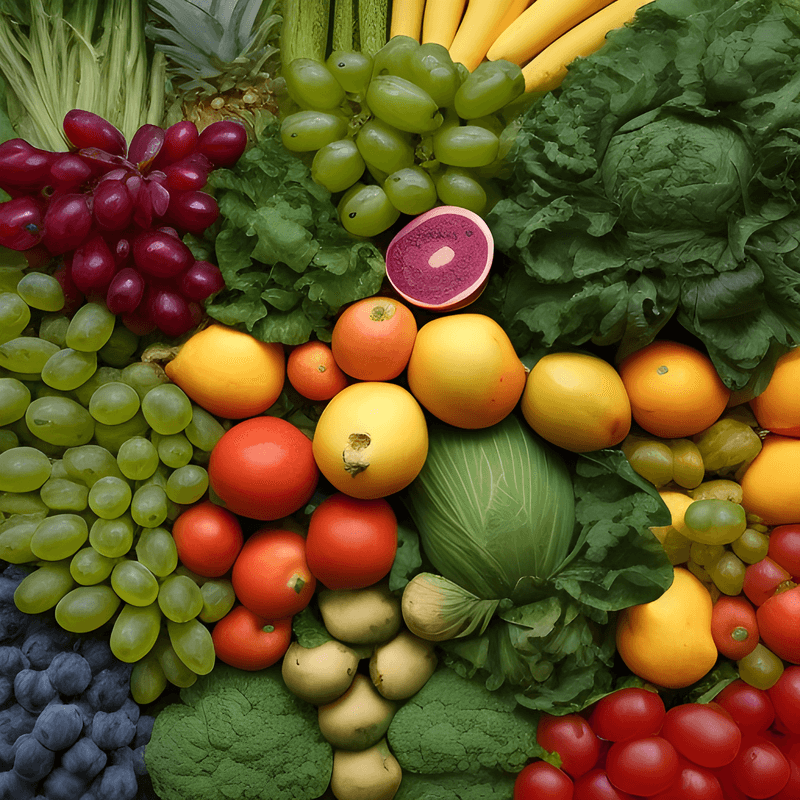
So, why not challenge yourself to try a new fruit or vegetable today? Whether it’s a bright purple eggplant or a juicy mango, you never know what delicious and nutritious foods are waiting to be discovered!
